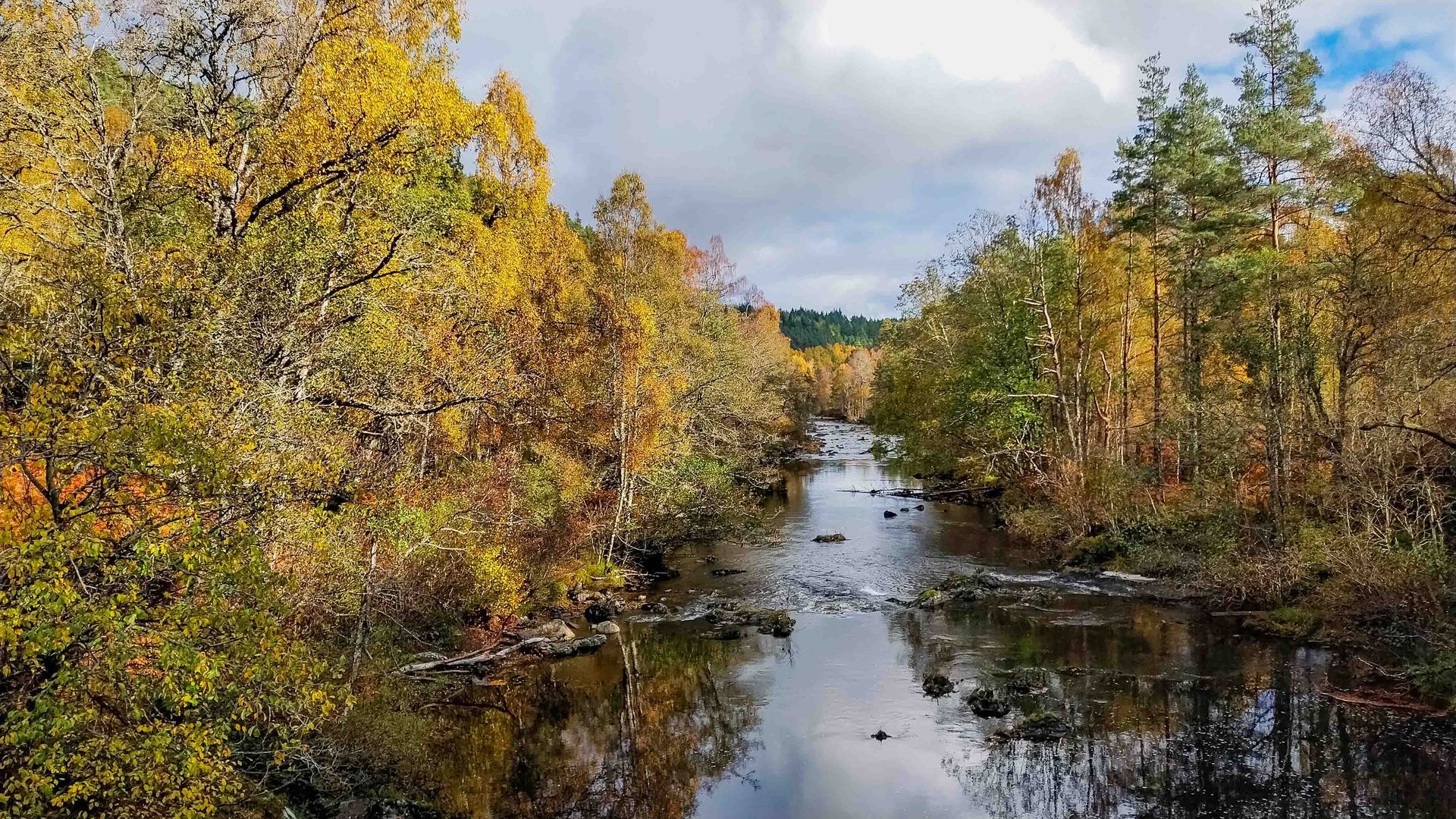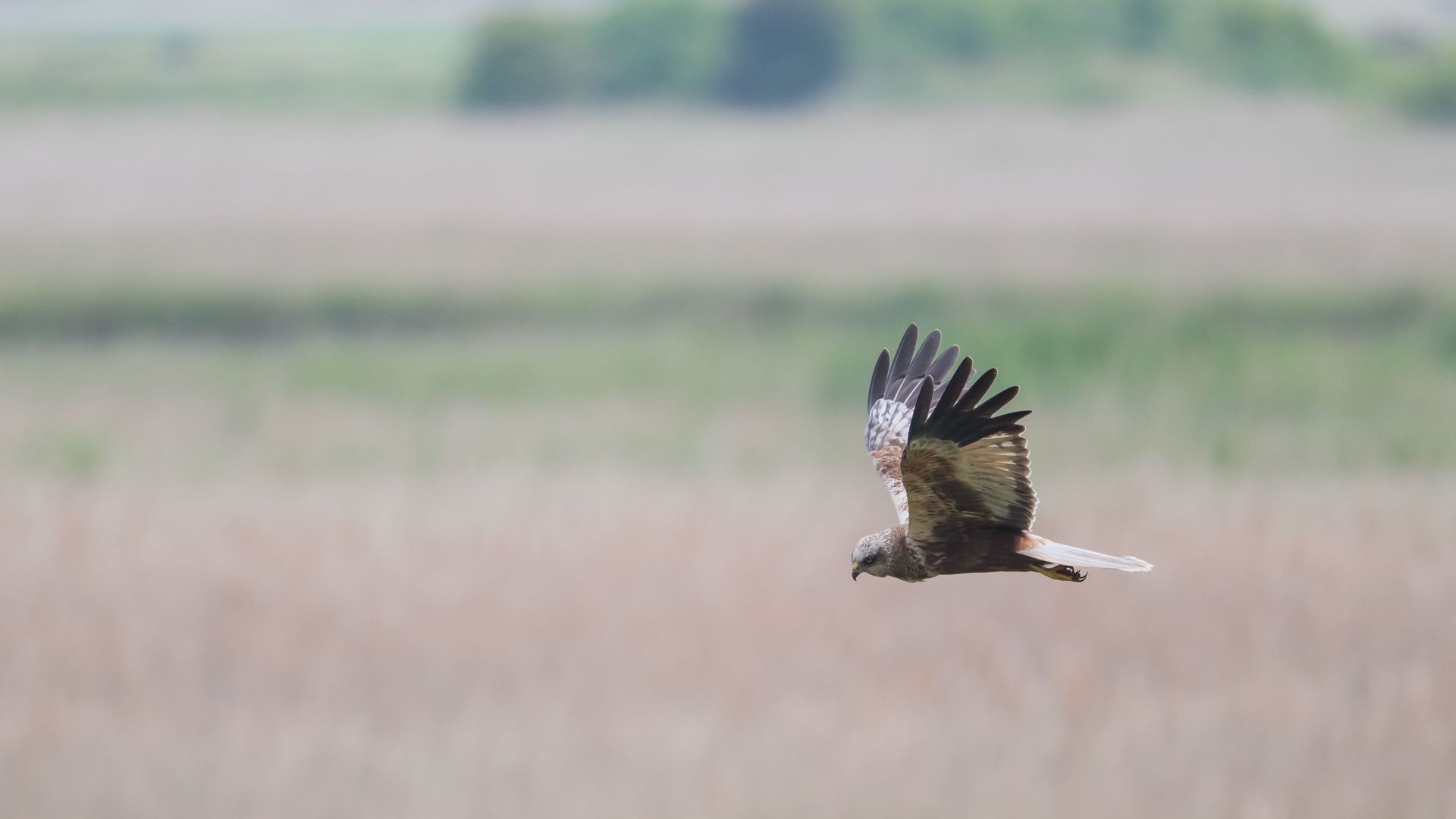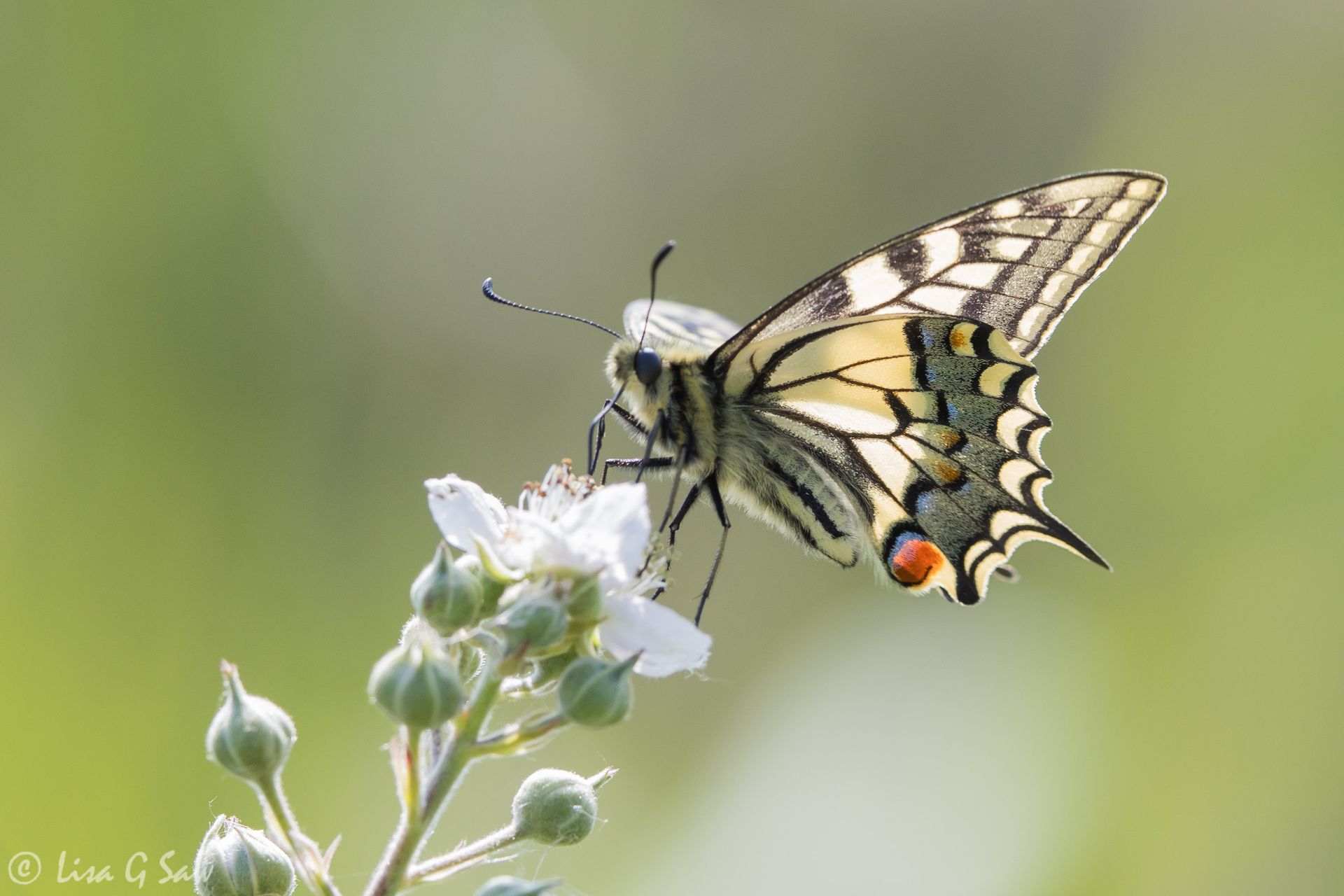Orangutans In Borneo
Discovering the wildlife of Sarawak and Sabah, North Borneo
Malaysia 2017
I had an amazing tour in the Malaysian part of Borneo with a fabulous group of people, which was booked with Exodus. There were 15 of us in total, with a mix of solo travellers and couples and a good age range too, with most in the 30s to 50s. Unfortunately, it rained loads, which could've resulted in lots of moaning, but no one did! Instead, we all made the best of the bad weather and didn’t let it detract from having a fantastic holiday. I’d expected rain, since we were in a tropical rainforest most of the time, but just not quite as much as we experienced! After our first day it rained every day of the tour bar one, mostly in the afternoon and into the evenings and sometimes incredibly heavy and thundery. Even our tour guide had never known it to be so bad and it wasn't typical for the month. It was a blessing that it was at least warm rain! When it wasn’t raining, it was hot and humid and we were sweating from every pore! Despite the relatively constant discomfort of being either wet or sweaty, it made all the experiences that much more amazing and appreciated!
We stayed in some really fabulous places, particularly when we were visiting the various National Parks and Rainforests! The four worth noting were the garden cottages in Mulu National Park (fabulous accommodation right next to the forest), Sepilok Jungle Resort (with beautiful gardens, swimming pool and close to the Orangutan and Sun Bear sanctuaries), Myne Resort on the Kinabatangan River (beautiful gardens, lovely rooms and great views out over the river with fabulous wildlife spotting along the river) and best of all, the luxurious Borneo Rainforest Lodge in Danum Valley, which was simply idyllic and the best of them all in every way!
So I thought I'd present my Top Ten highlights from the trip, in reverse order:-
At Gomantong Caves there were bats and also swiftlets. Three times a year, for two weeks only, the locals are allowed to climb makeshift ladders to retrieve some of the nests to make bird's nest soup, which is considered a delicacy by some! I can’t say I tried it! The smell of ammonia was horrendous here and I had to wear a handkerchief across my nose and mouth! The guano (bird poop) created a massive mound in the middle of the cave and the place was teeming with cockroaches. It was wise not to deviate from the boardwalk and we got used to never holding on to the railings, anywhere! If it wasn't covered in poop or ants, there'd be other insects, most of which were poisonous! In fact, we saw loads of insects on the holiday and I was surprised by how interested in them I became. We had some fabulous night walks and spotted centipedes, millipedes, scorpions, stick insects, massive spiders and a Bornean Pit Viper.
The other place you can see orangutans is at the Sepilok Orangutan Rehabilitation Centre, which isn't far from the city of Sandakan. They help rehabilitate orphaned baby orangutans (from logging sites, plantations, illegal hunting or kept as pets) and return them to the wild. Halfway through our tour we visited the sanctuary. There was a nursery section with all the youngsters learning how to forage for food and to climb. They have a few older orangutans with them to help show them the ropes. These ones all stay overnight at the facility. But, in the larger conservation area adjacent to the sanctuary, are the ones that have been released into the wild. Whilst there are two feeding times, one in the morning and the other in the afternoon, there's no guarantee they'll show up. In fact, they didn't on our first morning. Instead we saw some macaques that were equally enjoyable to watch as they groomed, play and ate. Though many people only come for one visit, we returned in the afternoon, when of course it was raining! There were fewer people and eventually the rain eased and we were rewarded with visits from five orangutans at various times, which was wonderful.
At the end of the tour, when all the others in the group had departed and I had returned from my Turtle Island add on, I decided to spend my last few extra days back at Sepilok rather than the city. I was so glad I did. No two days are ever the same and I got to experience even more the second time. I even got some very close encounters just walking along the boardwalk when I saw two playing together nearby. At the morning feeding a mother orangutan turned up with her little one. Whilst she would have been rehabilitated, the youngster had been born in the wild. I discovered it was her third offspring and the previous ones don't come to the platform anymore, so they've learned to fend for themselves in the wild. It was fabulous evidence the programme was working. The same thing happened in the afternoon, when I ended the day back at the nursery. A different rehabilitated female orangutan appeared from the rainforest with an even younger baby, who was still clinging on to mum most of the time. I watched the pair of them for ages, completely mesmerised, until it was closing time. It was a wonderful memory to leave with!



